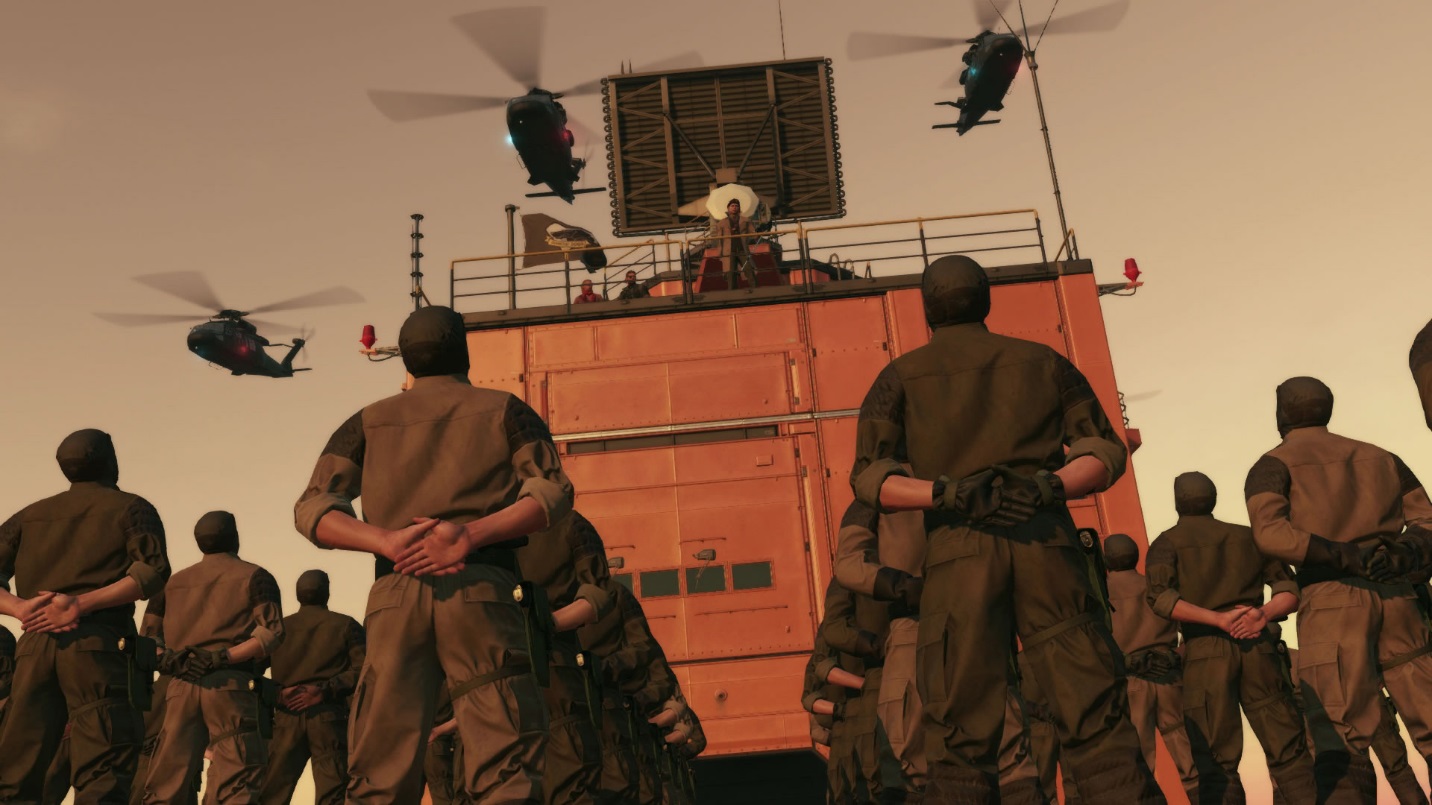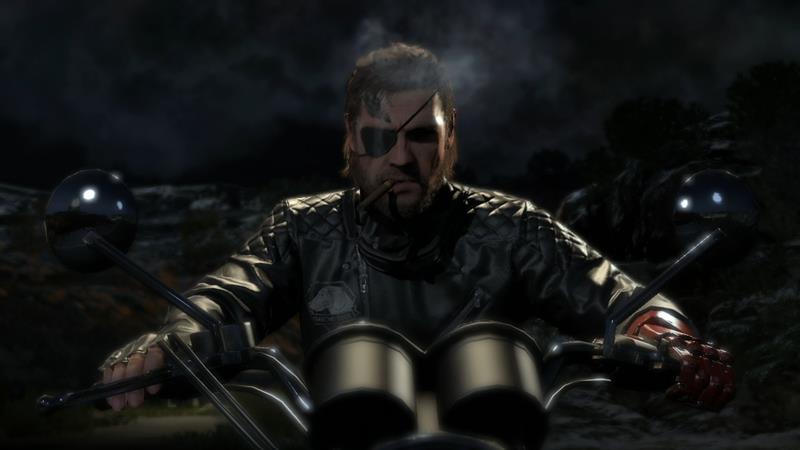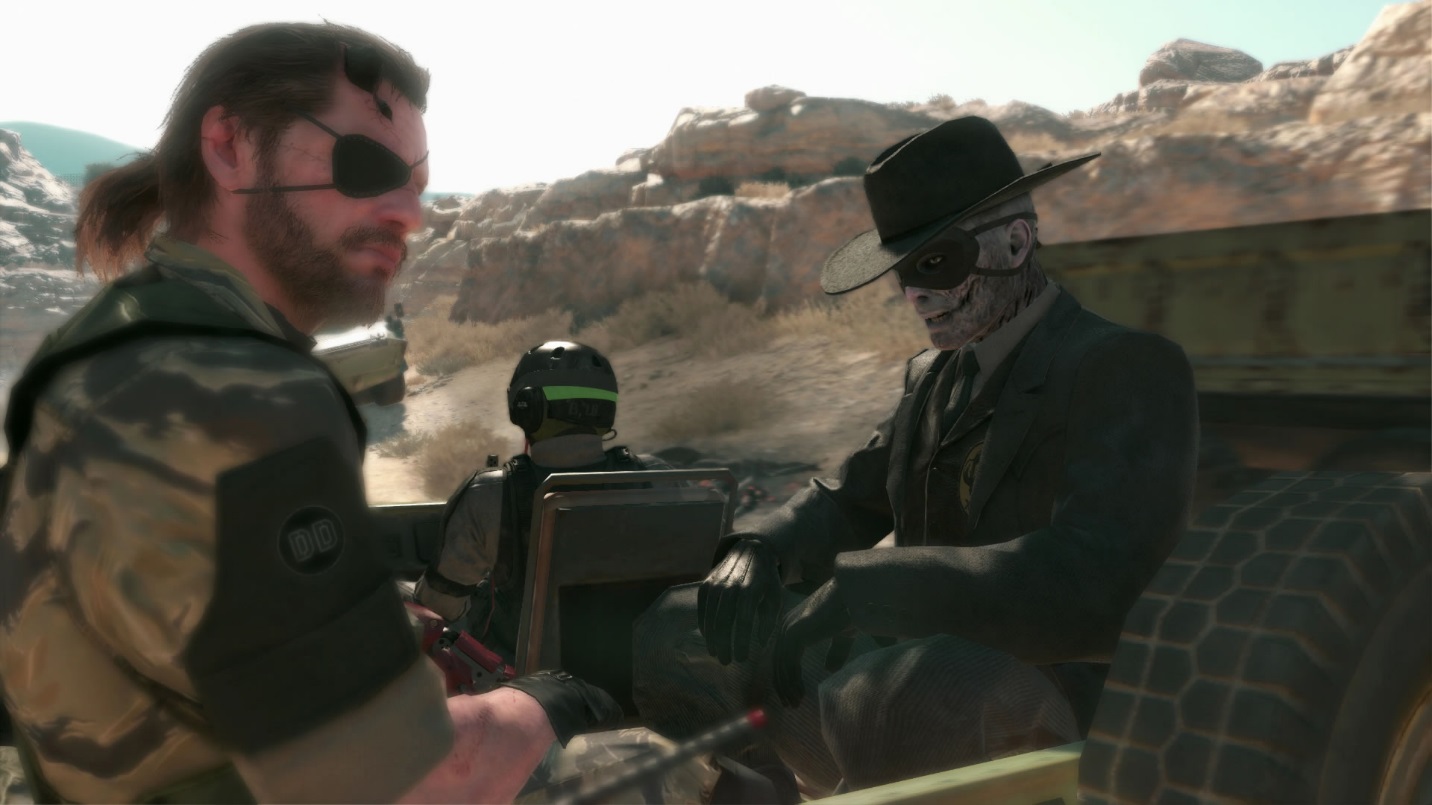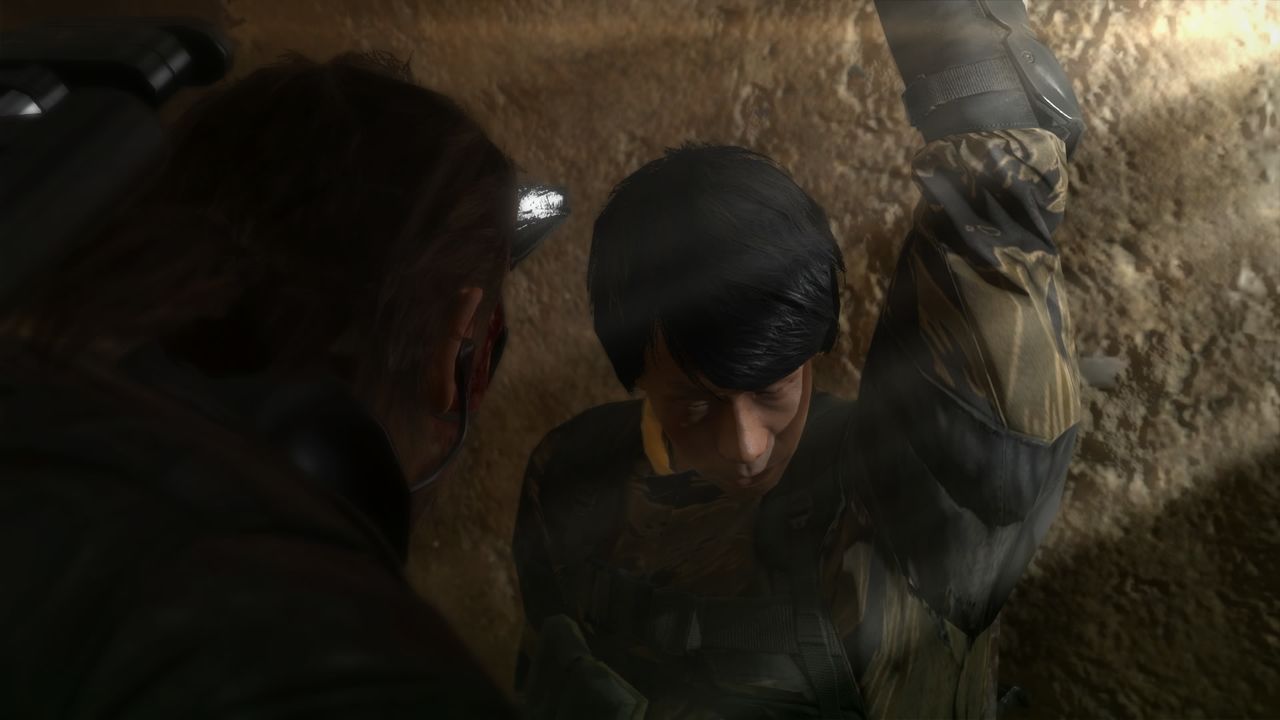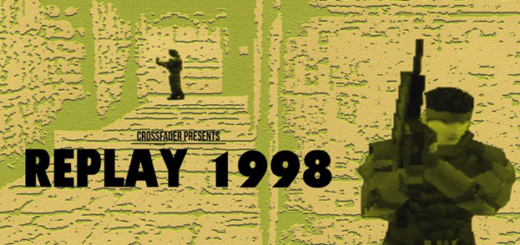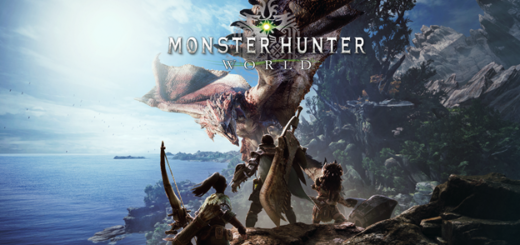METAL GEAR SOLID V: THE PHANTOM PAIN: A Second Look
Check out Ed’s preliminary take on THE PHANTOM PAIN here.
It’s been a month now since METAL GEAR SOLID V: THE PHANTOM PAIN’s release. It took a lot of that month for me to finally beat the game, but it felt much shorter than that. My initial review of THE PHANTOM PAIN was full of glowing remarks concerning the evolved open-world gameplay, and they still hold true. MGSV was a joy of a ride, with its tactical espionage operations never growing stale. But upon completion, I was left with a lingering feeling of longing, as if I had actually not just witnessed the most anticipated game of 2015 after all. MGSV carries a phantom pain all of its own, a shell of broken promises and unexpected disappointments that gives way almost immediately upon the conclusion of the game’s main act.
First things first. After the brief but awesome prologue, MGSV is divided into two chapters: Revenge, which makes up a bulk of the story, and Race. Revenge will take up days of your life and is everything you’d expect from a MGS title. The process of building up Diamond Dogs to take on Cipher and its proxy armies is familiar in intrigue but unprecedented in scope. The story missions are a blast, and even the filler is great. If Revenge’s high octane finale marked the end of THE PHANTOM PAIN, then perhaps I’d be able to leave my preliminary verdict on the narrative as it is.
Now lemme drop some truth on y’all
You get that? Good, now let’s get to the meat of the matter. There’s no easy way to say it, but THE PHANTOM PAIN is an incomplete game. Race lacks everything that made Revenge so compelling. Gone are the cutscenes, that, while scarce enough in earlier segments, captivated me and spurred me on. Instead of featuring new missions and advancing the story, Chapter Two is primarily made up of reruns of previous missions with added conditions, like enemies with more health or mission failure triggers upon being spotted. All of these feel tacked on apart from the Subsistence missions, which remove all of your starting gear, but we only get two of them in the whole game. For the majority of Race, I’m instead stuck grinding through rehashes in order to unlock the last few morsels of story content.
And what scraps Kojima leaves us! There’s a few cool cutscenes to be had, but a lot of them only end up leaving loose ends that are neither resolved by the game, nor retroactively by the previous installments. The final ending itself is great, featuring a twist that evokes a sense of postmodernism that’s been absent from the series since SONS OF LIBERTY, but it doesn’t carry the sense of finality that you’d expect from the end of a MGS title, let alone the end of a series. It doesn’t help that the game has two other fake “endings”, complete with credit crawls, that cause the player to doubt what they’re seeing is really the end. I spent TWO DAYS after the “true” ending slogging through side ops in hopes of reaching a definite conclusion. I don’t care how fascinating an ending is; if it’s the end, I’d better know it.
The road is the only thing that won’t disappoint me
Characters are crucial in a Metal Gear game, and THE PHANTOM PAIN manages to both deliver and dissatisfy at the same time. The new additions are great, while they’re around. Code Talker, while appearing to be your typical Native American wise man, offers up some pretty interesting commentary on the world and the people who live in it. It’s too bad that he doesn’t complete anything resembling a character arc, despite not appearing in any other game in the series. The bikini-clad sniper Quiet is surprisingly one of my favorites, a fact that is amplified by how badass she is both in-game and in cutscenes. It’s just a shame that Kojima tries so hard to pretend that she looks the way she does for any other reason than overt fan service. Even the enigmatic Skull Face was a fun villain, and figuring out his motive was one of the major driving forces of THE PHANTOM PAIN’s plot. But after hearing him pontificate for five minutes without interruption in an endgame scene, I still have no idea why he’s so kill-crazy for Snake and pals.
Following which, I kid you not, you stare at each other in awkward silence for another five minutes
The PVP segment of MGSV, the Forward Operating Bases that players attack and defend, isn’t really worth mentioning. Instead of the customization options promised during E3 presentations, the bases are simply clones of your offline Mother Base populated with more heavily armed guards. Anyone who spends a modicum of time at their own Mother Base will already have their rival’s defenses memorized. Additionally, if the defending player joins a match in progress, the invader is reset at their starting point, regardless of their progress into the base. Putting it mildly, this is extremely frustrating. It’s a good thing that FOB invasions are such a small part of the game, otherwise they’d certainly drag down the experience. For multiplayer, it’s really best to just wait until METAL GEAR ONLINE is added in October for consoles, or next year on PC.
The cell Kojima was locked in during dev cycles
I thought it would be a cold day in Hell before I could say that a METAL GEAR SOLID title disappointed me, but here it is. THE PHANTOM PAIN suffers some glaring endgame issues that aren’t just bad by MGS standards, but by any caliber of game design. I can’t put too much blame on Kojima, given his tumultuous relationship with publisher Konami during the game’s development, and perhaps this finished product reflects some of his own views on Konami’s meddling with his franchise. Make no mistake: THE PHANTOM PAIN is still the best game I’ve played this year based on its gameplay merits alone, if not for the majority of its narrative. But it is often the ending in which the audience will judge any work, and saying that MGSV ends on a sour note would be giving it too much credit. Just like Snake, THE PHANTOM PAIN is missing some of its important parts, and only time will tell how this title will be remembered.


